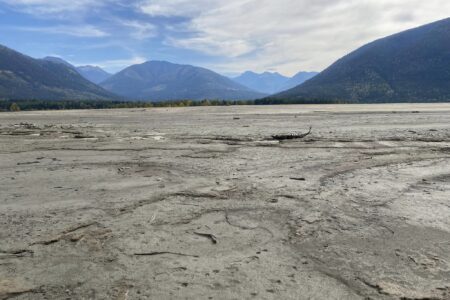Solar power's coming of age in the US
By Suzanne Goldenberg, guardian.co.uk
Sierra SunTower, the only commercial CSP tower facility in north America – just one sign of solar power’s coming of age in the US. Photograph: Robyn Beck/AFP/Getty Images
Two of America’s solar power executives are on a road show to make the case that the industry has grown up and is ready to compete against conventional sources of energy. Are you listening Bill Gates?
Gates last month dismissed solar power as a “cute” niche technology.
That was clearly rankling two leading industry executives, Thomas Dinwoodie and Daniel Shugar, who were touring Washington and New York this week to argue that the cost of solar power had come down enough to make it competitive with nuclear power, new natural gas plants, even new coal plants.
“It has already happened. Solar is competitive,” Dinwoodie, the founder of SunPower, the second largest US solar company, told a discussion hosted by the New America Foundation.
Solar costs have fallen sharply in the last few years, because of increased production and technological advances. “Solar is ramping down in cost where it is competitive with all these other forms of energy,” Dinwoodie said.
He said the cost of solar power, currently 13.9 cents a kilowatt hour, would fall to seven cents a kilowatt hour by 2020, according to the department of energy.
That would put solar prices in the range, or even cheaper, than conventional energy sources, he said.
That’s encouraging news for an industry that has struggled to establish itself in the US, where solar power technology was developed half a century ago.
Even after the Fukushima disaster, the industry is still fighting for space against nuclear power, which has strong support from the Obama Administration. It is also competing against a natural gas boom.
Not that solar power has been entirely forgotten in the Obama Administration’s clean energy push. Federal government subsidies cover up to 30 per cent of the cost of new projects. California, meanwhile, is aiming to get a third of its electricity from renewable power.
Those incentives have helped spread solar panels across the rooftops of the south-west and beyond, to north-eastern states like New Jersey. Big box retailers like Wal-Mart have also put solar panels on their rooftops.
But there is growing opposition to the idea of solar super projects, especially in fragile desert landscapes.
In one of the most contentious cases, BrightSource Energy has been forced to hire up to 100 biologists to protect a rare species of desert tortoise from its enormous project in the Mojave Desert.
Solar power might be coming of age, but there are still plenty of growing pains.
























Comments